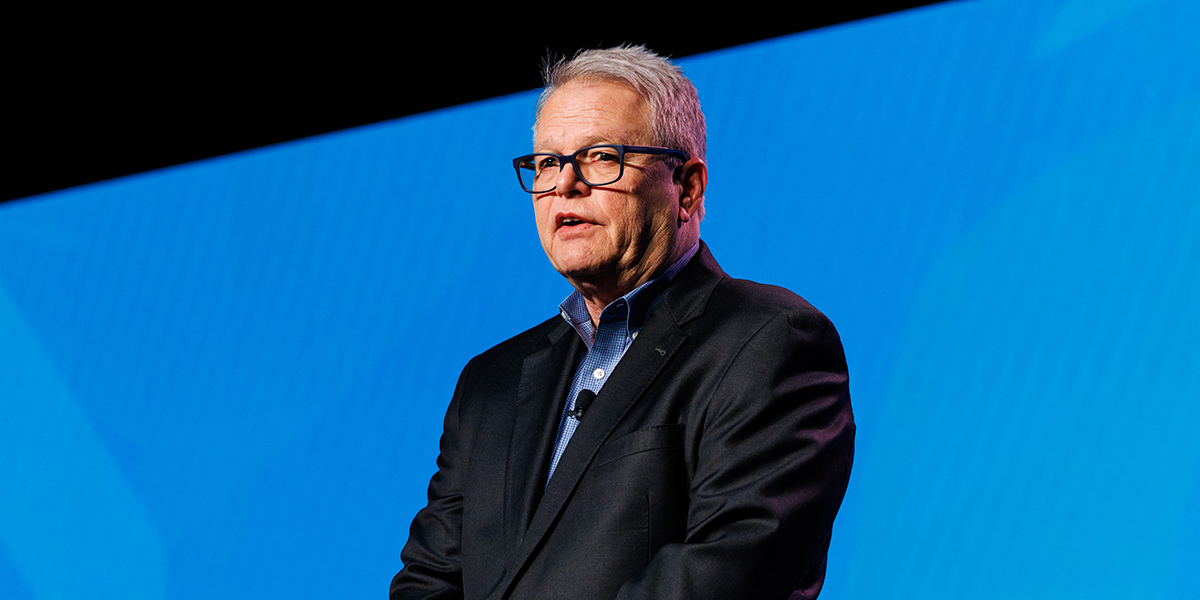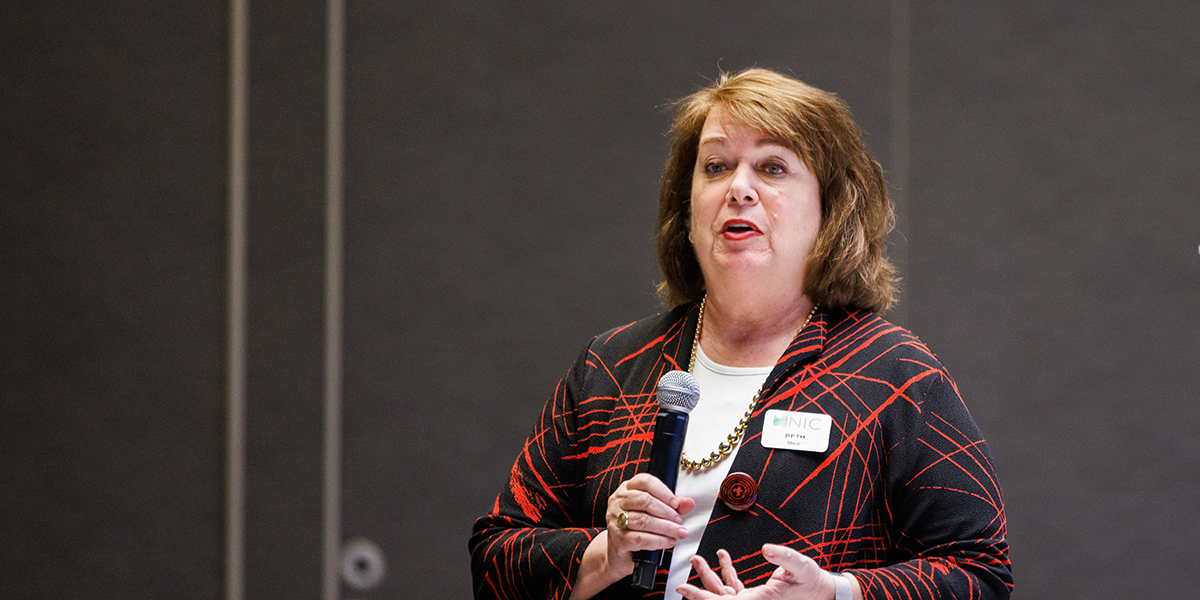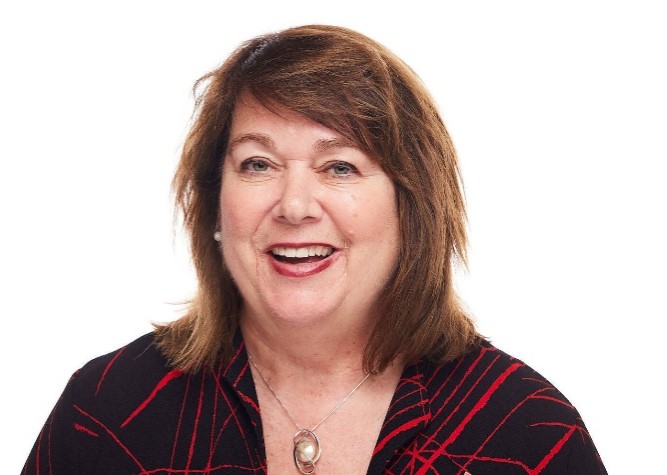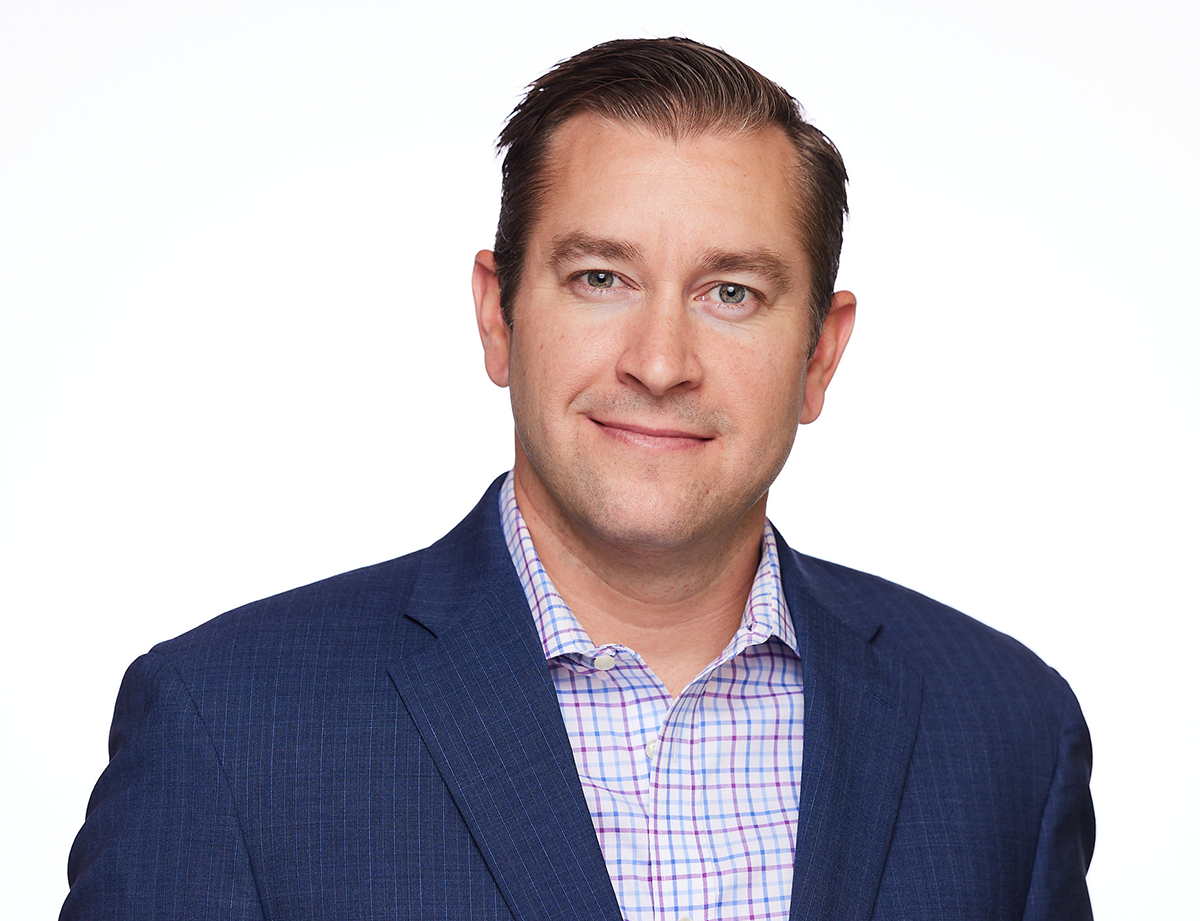“Respondents were asked what areas have been impacted by the rising interest rate environment. Recapitalizing properties was the area most reported to be affected by rising interest rates (51%), followed by the ability to purchase properties (36%). Across all care segments, less than one in ten operators (7%) indicate that the rising interest rate environment has impacted all these abilities.
Less than one-third (30%) of organizations retained more than 80% of newly hired full-time staff on the job after one month. This is down from responses collected at this time last year, when nearly one-half (46%) of organizations retained more than 80% on the job after one month. Looking at longer-term retention, on average, only 7% of organizations retain more than 80% of new staff after one year. This metric is also down from this time last year when just under one-sixth (16%) of organizations retained more than 80% of new staff at the one-year mark.”
–Ryan Brooks, Senior Principal, NIC
When asked about the biggest challenges currently facing their organizations, the most cited response was rising operator expenses (92%), followed by staff turnover (88%), and attracting community and caregiving staff (82%). When compared to the February 2023 Executive Survey Insights findings, the proportion of organizations reporting rising operator expenses as a significant challenge has increased 15 percentage points.
Approximately one-half of respondents report that resident acuity at move-in was higher than it was one year prior, while no respondents report that resident acuity has decreased. Approximately one-half of respondents cite there has been no change in resident acuity at move-in.
Respondents who indicated that resident acuity at move-in had increased were asked why that was the case. Responses include that residents are waiting longer to move-in, residents have been delaying medical throughout the COVID-19 pandemic, being older upon move-in, or waiting until an acute incident forces a move.

March 2023 Executive Survey Insights respondents were also asked if lead volumes were above the prior year. With concerns about residents holding off on their first move to senior housing showing as a concern in Executive Survey Insights responses, lead volumes may be a leading indicator to watch with regards to occupancy recovery. As shown above, although there has been volatility in organizations reporting higher lead volumes than one year prior, a solid majority of operators continue to have higher lead volumes than one year prior. More than three-quarters of single-site operators (77%) report higher lead volume, while just under three-quarters of operators with two to nine properties (70%) report higher lead volume. More than nine-tenths (92%) of operators with 10-25 properties have lead volume higher than last year, but that drops to just under three-quarters for operators with more than 26 properties (71%).

Regarding tenure of newly hired, full-time employees, on average, just under one-third (30%) of organizations retained more than 80% of new staff on the job after one month. This is down from responses collected at this time last year (Wave 39 survey, conducted in March 2022), when just under one-half (46%) of organizations retained more than 80% on the job after one month.
Looking at longer-term retention, on average, only 7% of organizations managed to retain more than 80% of new staff after one year. This metric is also down from this time last year (Wave 39 survey, conducted in March 2022) when just under one-sixth (16%) of organizations retained more than 80% of new staff at the one-year mark.

Respondents were asked what areas have been impacted by the rising interest rate environment. Recapitalizing properties was the area most reported to be affected by rising interest rates, followed by the ability to purchase properties. Across all care segments, under one in ten operators (7%) indicate that their abilities to purchase, sell, and recapitalize properties have all been impacted by the rising interest rate environment.
“[The cost of debt] makes lenders and capital partners more hesitant
to pull the trigger.”
Respondents were also asked to specify in what ways those areas have been affected. Responses include the inability to secure debt on buildings for sale, debt coverage ratios that have skyrocketed, and increased capital and construction costs delaying projects – or in some cases making them unfeasible. Many responses referenced the inability to meet rising debt-service coverage ratios, and the lower availability of debt has reduced the transaction volume outside of distressed assets.
Although the rising interest rate environment is of concern, there is slight optimism with regards to operating margins in the near future. When asked about operating margin expectations over the next six months, seven out of ten respondents (70%) expect operating margins to increase. This is a growth of 15 percentage points compared to the most recent time this question was asked, in the Wave 49 survey, conducted between December 2022 and January 2023. 
The most common expectation for operating margins over the next six months – cited by nearly six out of ten respondents (57%) – was for operating margins to increase between 1% and 5%. This is followed by one-sixth of respondents (17%) who anticipate operating margins to stay the same over the next six months. Just over one-tenth of respondents (11%) expect operating margins to increase between 6% and 10%, while a small portion (2%) anticipate increases beyond 10%.
Fewer operators are anticipating decreases in their operating margins in the coming months. Approximately one-tenth (9%) anticipate a decrease in operating margin between 1% and 5%. Less than 5% of respondents expect operating margins to decrease beyond 5%.
March 2023 Survey Demographics
- Responses were collected between March 1 and March 31, 2023, from owners and executives of 49 senior housing and skilled nursing operators across the nation.
- Owners/operators with 1 to 10 properties comprise roughly one-half of the sample (54%). Operators with 11 to 25 properties account for 19%, and operators with 26 properties or more make up the rest of the sample with 27%.
- More than one-half of respondents are exclusively for-profit providers (61%), one-third operate not-for-profit seniors housing and care properties (29%), and 10% operate both.
- Many respondents in the sample report operating combinations of property types. Across their entire portfolios of properties, three-quarters (73%) of the organizations operate seniors housing properties (IL, AL, MC), 18% operate nursing care properties, and 37% operate CCRCs – also known as life plan communities.
The April 2023 ESI survey is currently open and will be collecting responses through April 30, 2023. If you are an owner or C-suite executive of seniors housing and care and would like an invitation to participate in the survey, please contact Ryan Brooks at rbrooks@nic.org to be added to the list of recipients.
NIC wishes to extend a heartfelt thank you to the owners and operators who have contributed to this survey over the past three years. It is remarkable that we have now completed more than 50 waves. We have surveyed through numerous challenges — COVID-19, threats of a looming recession, labor shortages, inflation, and rising expenses — many of which persist. As we continue to navigate these challenges, your input and real-time insights help ensure the narrative on the senior housing and care sector is accurate. By demonstrating transparency, you build trust.




 It’s now been a little over a year since the Federal Reserve began to increase interest rates to slow the pace of inflation and the rate of economic growth. The increase in rates has been large, and it has been fast. Short-term interest rates have gone from virtually 0% in March 2022 to 4.75% today, the most significant tightening in monetary policy since the 1980s, when then-Fed Chair Paul Volcker also increased rates to combat inflation and slow economic growth. Meanwhile, longer-term interest rates have also risen, with the yield on the 10-year Treasury bonds increasing from 1.7% in early March 2022 to 3.5% today as the bond markets respond to the changing economic and policy landscape.
It’s now been a little over a year since the Federal Reserve began to increase interest rates to slow the pace of inflation and the rate of economic growth. The increase in rates has been large, and it has been fast. Short-term interest rates have gone from virtually 0% in March 2022 to 4.75% today, the most significant tightening in monetary policy since the 1980s, when then-Fed Chair Paul Volcker also increased rates to combat inflation and slow economic growth. Meanwhile, longer-term interest rates have also risen, with the yield on the 10-year Treasury bonds increasing from 1.7% in early March 2022 to 3.5% today as the bond markets respond to the changing economic and policy landscape.  Based on current COVID-19 trends, the Department of Health and Human Services is planning for the federal Public Health Emergency (PHE) for COVID-19 to expire on May 11, 2023. The impacts of the public health emergency ending will vary by state, depending on specific policies and programs that were put in place during the emergency.
Based on current COVID-19 trends, the Department of Health and Human Services is planning for the federal Public Health Emergency (PHE) for COVID-19 to expire on May 11, 2023. The impacts of the public health emergency ending will vary by state, depending on specific policies and programs that were put in place during the emergency.


